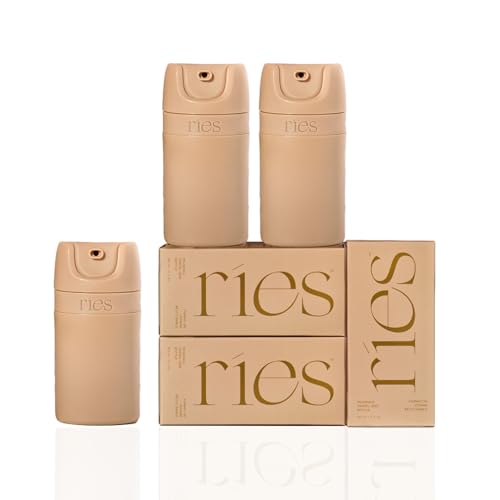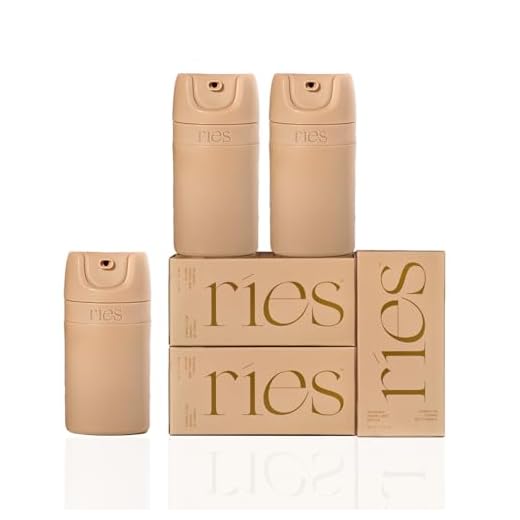Only containers with a maximum capacity of 3.4 ounces (100 milliliters) are allowed for onboard travel. All vessels must fit inside a single, quart-sized clear plastic bag, which needs to be presented separately during security screening.
Remember to consider local regulations as they may vary by airline or departure country. Items like alcohol exceeding 70% alcohol by volume could be prohibited regardless of size.
In addition, liquids obtained after security checks, such as drinks from airport shops, are typically permitted on board, provided they are sealed and kept as is until in the aircraft.
Always confirm specific airline rules ahead of time to ensure compliance and avoid any last-minute confusion.
Understanding the 3-1-1 Liquids Rule
The 3-1-1 rule stipulates that each container for fluids must not exceed 3.4 ounces (100 milliliters). Containers must be placed inside a transparent, quart-sized resealable bag. Each traveler is allowed only one such bag. This guideline is crucial for security checks during air travel. Pack items like gels, creams, and aerosols efficiently within these parameters to ensure a smooth boarding process.
Ensure the bag is easily accessible since it will require removal from personal items for inspection at checkpoints. Items exempt from this rule include medications, baby formula, and special dietary foods, but they should be declared to security not to cause delays. Be prepared to provide documentation if necessary.
Understanding these specifications allows for better preparation, avoiding last-minute surprises at the security line. Always check with the specific airline for any additional restrictions or variations in regulations.
Types of Liquids Allowed in Cabin Baggage
Travelers can bring specific types of substances in carry-on bags. These typically include personal care products like toothpaste, deodorant, and solid perfume. Additionally, items like non-aerosol deodorants and creams are permitted, as they often fall within the volume limitations.
Containers must not exceed 100 milliliters each, and all items should fit comfortably within a single 1-liter clear, resealable plastic bag. This also applies to beverages, including water and juice, provided they adhere to the volume restrictions.
Furthermore, certain medications and baby formula may exceed the usual limits, but prior declaration at security checks is advisable. When traveling with aquariums, consider that while transporting fish, specialized solutions, such as the best ammonia remover for fish tank, can be permitted if appropriately packed and declared.
Make sure all applicable items are easily accessible during security screening for a smoother experience.
Exceptions to the Liquids Regulations
Medical necessities such as prescription medications may exceed the typical volume limits. Providing documentation, like a doctor’s note, enhances the likelihood of smooth passage through security.
Infant formula and breast milk are allowed in larger quantities, necessary for travel with young children. It is advisable to declare these items at security checkpoints for easier screening.
Certain items classified as duty-free, purchased within the designated areas of airports, can surpass the usual restrictions. However, retaining the original packaging is critical to ensure compliance with regulations.
Special items such as religious or ceremonial liquids may also qualify for exemptions based on their nature or necessity. Carrying relevant documentation can aid in clarifying their purpose during screening.
Some airports and airlines may have additional allowances or specific procedures, highlighting the importance of checking individual policies before travel. Always maintain awareness of any local laws that may apply.
How to Pack Liquids for Air Travel

Utilize travel-sized containers with a maximum capacity of 3.4 ounces (100 milliliters). Ensure each container fits into a single quart-sized (approximately one liter) clear, resealable plastic bag. This bag should be easily accessible during the security screening process.
For efficient organization, label each container clearly to identify contents. Consider using leak-proof bottles, as this prevents spills during transit. Avoid overpacking; leave some space in the bag to ensure ease of closure.
Store the plastic bag in an outer pocket or the top section of a backpack for quick access at security checkpoints. If traveling with beverages or other larger quantities for personal use post-security, consider purchasing these items after clearing the checkpoint.
For additional convenience, minimize the number of products needing to be transported. Opt for solid alternatives, such as bar soap instead of liquid soap, and solid deodorants rather than sprays.
What to Do If Your Liquids are Confiscated

If any substance is taken during security checks, retain the receipt provided by the security personnel. This document serves as proof of confiscation, which may be necessary for reimbursement claims or further discussions with airline representatives.
Consider these steps to manage the situation effectively:
- Stay calm and remain polite. Engaging respectfully with security staff can ensure a smoother interaction.
- Ask for clarification on the specific reasons for the confiscation if they are not immediately clear.
- Check if there are any options to send the materials back via checked baggage, if possible.
- Evaluate alternative purchasing options for the items online or at the destination. For example, look into purchasing the best non fading patio umbrellas or the best cotton backpack once you arrive.
Also, it’s wise to familiarize yourself with the policies of the airline or the country you are traveling to, as certain locations have stricter regulations regarding specific items. Understanding local laws can help in future travels.
Finally, reflect on the experience to ensure better preparation for subsequent trips, potentially seeking travel-friendly alternatives to prohibited substances.








